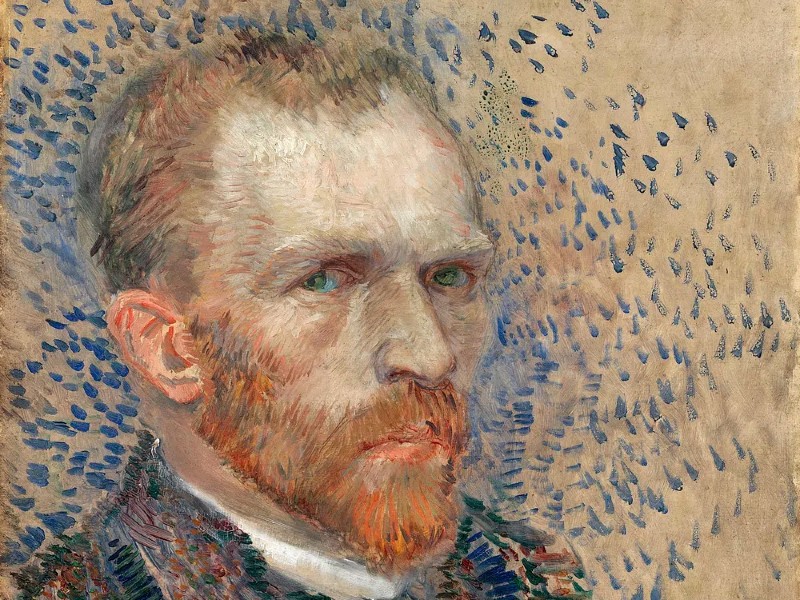Are We Unnecessarily Using Diagnostic Frameworks Beyond Health Settings?

During these pandemic times, the importance of diagnosis is driven home forcefully. Being diagnosed with COVID makes sense of symptoms, determines what we should do about them and shapes our collective responsibility to the community.
Diagnosing seems a pretty straightforward business. You have symptoms, the doctor examines or tests you, you get a name for what ails you.
But the reality is far more complex. Diagnoses are actually social agreements about what counts as disease.
Of course, there’s dysfunction of some kind at the start, but not all dysfunctions get diagnostic status, some diagnoses shift over time from one category to another and different diagnoses will have different connotations.
Even a diagnosis as seemingly clear-cut as COVID is more than just a label stuck to a virus. You can have presumed COVID, historical COVID, alpha, delta or omicron. You can have long COVID.
The latter is diagnosed as COVID, even when the virus is long gone and it could, in fact, be something else: chronic fatigue syndrome or fibromyalgia. Long COVID may be a particularly visible form of post-viral fatigue. That would require yet another diagnosis.
Diagnosis as storytelling
Diagnosis is so important to understanding our lives and those around us that it’s often applied outside of the health setting.
“Doing diagnosis” has become a popular form of entertainment. TV shows such as House use diagnostic mysteries to underpin plots – less Whodunit and more Whatisit.
Does Donald Trump have a narcissistic personality? Was Joan of Arc schizophrenic? What was the cause of Richard III’s hunchback? And even, does Winnie the Pooh have obsessive-compulsive disorder?
What is interesting in this fascination with Trump’s presumed narcissism, or even the psychic health of Jesus, is less whether these diagnoses are valid and explanatory, but more how diagnostic frameworks have become dominant ways of telling stories.
A diagnosis is a story, in and of itself. When a doctor says, “You have pneumonia,” they have actually said:
You have an infection of your lungs, probably caused by bacteria or a virus and possibly triggered by that cold you had last week. It will incapacitate you but is likely to be self-limiting if all goes well. Stay at home and take your antibiotics.
You can repeat that story by saying the same thing to your employer or your friends. They will know the narrative arc.
Stories and deviance

Diagnostic stories are explanations of deviance. By “deviance” we mean the sociological sense of the term: an inability to meet social expectations of behavior, belief or experience.
To explain deviance, we often defer to diagnosis. Having visions, having an inflated sense of self-worth, being lethargic and unable to keep up with the pace of others are all somehow outside of normal expectations. Diagnosing them as psychosis, narcissism or depression is one way of making sense.
Diagnosis is also used as a storytelling technique for dead people, fictional characters and politicians. Vincent Van Gogh, for example, who died of a self-inflicted gunshot, has received retrospective diagnoses ranging from depression to bipolar disorder, temporal lobe epilepsy and acute intermittent porphyria.
More than 150 scientific authors have thrown themselves at finding a diagnosis to explain his deviance. Each diagnostic proposition is an example of the desire to understand Van Gogh.
In similar style, the analysis of Arthur Fleck in the film Joker is replete with learned specialists picking up what the film got wrong, what diagnosis he might actually have or what the impact of his candidate diagnoses might be on real-world sufferers.
The diagnoses proposed for Joker include psychopathy, pseudobulbar affect, schizotypal personal disorder and many more. But, Fleck doesn’t exist and the cinematic objective of suspending disbelief constructs a character, not a patient.
Similarly, Winnie the Pooh does not have obsessive-compulsive disorder, Roo is not autistic and Tigger does not have ADHD. They are make-believe. While one could argue these stories serve as ways of helping children to see themselves, stories are sometimes just stories. Not everything is a cautionary tale, an educational tool or a self-reflexive device.
Medicalizing experiences
The social practice of diagnosis as a way of talking about characters reflects our contemporary understanding of disease and illness as the master narrative to explain deviance, and to legitimize the diagnoses themselves.
These stories say more about us, the diagnosers, and our contemporary views, than the lives of those they seek to describe. But this practice is not without its downsides.
By using diagnosis to explain people, we medicalize our experience of the world and shut down other avenues of explanation. Calling someone a narcissist to explain political behavior means we’ve given up on politics. We see pathology as the undergirding explanation for unpalatable policy, rather than structural failure.
Just as explaining an imaginary character via diagnosis means we’ve lost faith in stories. Winnie the Pooh is simply a child’s toy “of very little brain.”






























































































